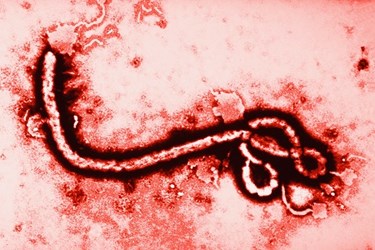Technology, Public Health Initiatives Need Bolstered To Help Battle Ebola

By Christine Kern, contributing writer

Feds ratchet up public health and tech efforts in the battle to stop the spread of Ebola.
The current Ebola outbreak is gearing up to get worse before it gives in to methods of abatement. According to projections by the U.S. Centers for Disease Prevention and Control, the number of infected people could potentially double every 20 days if nothing is done – a figure that could skyrocket to 1.4 million by January’s end.
Making matters worse, the World Health Organization has said it needs a 20-fold increase in the number of public health workers to effectively manage the virus and treat infected patients and a World Bank estimate suggests the overall costs of the epidemic could increase by as much as eight times the current status.
Donations are slowly approaching the bare minimum $600 million that the United Nations estimated it will cost — with the total $326 million to date, nearly $300 million of which came in since September 1, according to the Wall Street Journal. But money alone is not the answer. To properly combat the spread of Ebola, it will be necessary to employ new technologies and technologists on the ground as well.
Government entities in the U.S. and abroad are now moving to harness personnel and technologies to better manage the outbreak. The U.N established the Mission for Ebola Emergency Response, described as its first mission addressing a public health crisis. The CDC, for its part, built the Ebola Response mission tool to project future cases and, ideally, slow the epidemic down.
President Obama also announced the U.S. would be training as many as 500 public health workers and dispatching one of its highest-profile technologists: White House CIO Steven VanRoekel is leaving his position to spearhead the government’s use of technology in its battle against the Ebola virus.
The Hill reported VanRoekel will join the United States Agency for International Development (USAID) as it responds to the outbreak and manage tasks such as the analysis of real-time data that officials hope can contain the spread of the deadly virus.
